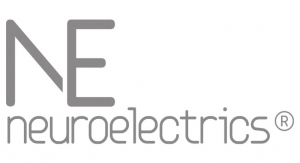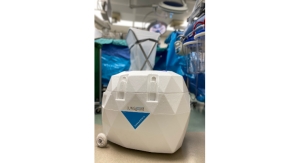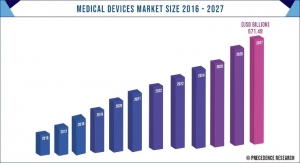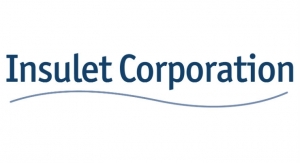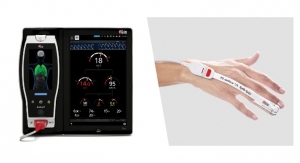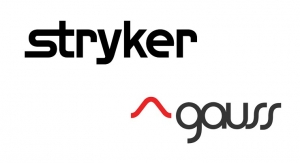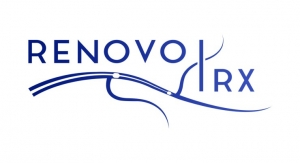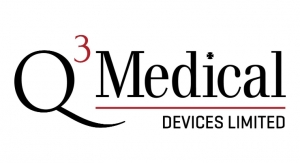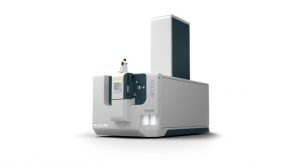Maria Shepherd, President and Founder, Medi-Vantage05.01.17
Besides wait times that were previously way too long in the emergency department (ED), there is much medtech manufacturers need to know about this section of the hospital. (By the way, wait times are going down for various reasons.) Hospitals recognize that patients want one-stop shopping, and they want to be the go-to place for as many patients as possible.
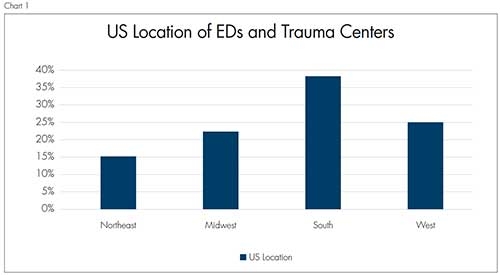 (Sound familiar? Simply substitute the hospital for the contract manufacturer/service provider and the patient for the medical device OEM, but there’s plenty on that industry aspect in other columns in this magazine.) Aside from a change in philosophy toward patient-centric care, hospitals are remodeling ED interiors to create a new process called split-flow,1 which has been designed to accelerate care and decrease wait times. Like triage on the battlefield, split-flow is a change in how emergency medical care is provided. The split-flow process is designed to get the sickest patients rapid care quickly and to also hasten the care of other patients who may not need urgent medical attention.
(Sound familiar? Simply substitute the hospital for the contract manufacturer/service provider and the patient for the medical device OEM, but there’s plenty on that industry aspect in other columns in this magazine.) Aside from a change in philosophy toward patient-centric care, hospitals are remodeling ED interiors to create a new process called split-flow,1 which has been designed to accelerate care and decrease wait times. Like triage on the battlefield, split-flow is a change in how emergency medical care is provided. The split-flow process is designed to get the sickest patients rapid care quickly and to also hasten the care of other patients who may not need urgent medical attention.
Why This Is Important
 More than 130 million patients are seen in U.S. EDs every year. Of those, 15 percent are seen at teaching hospitals and trauma centers, while the other 85 percent are treated at non-teaching hospitals. There is a surprising geographic split in the number of EDs per region, as seen in Chart 1. Despite the perception that the northeast has the greatest number of large academic centers, only 15 percent of all teaching hospitals call that region home.
More than 130 million patients are seen in U.S. EDs every year. Of those, 15 percent are seen at teaching hospitals and trauma centers, while the other 85 percent are treated at non-teaching hospitals. There is a surprising geographic split in the number of EDs per region, as seen in Chart 1. Despite the perception that the northeast has the greatest number of large academic centers, only 15 percent of all teaching hospitals call that region home.
EMS
For those that serve the EMS (emergency medical services) segment of medical devices, the percentage of patients arriving at the ED via ambulance averages 15 percent, an unexpectedly low figure. Not unexpected, however, is the age distribution of patients visiting the ED. The percentage of visits from the segment of patients under 15 years old is 4.4 percent. Those greater than 65 years old represents the majority at 64.5 percent. The segment that falls between those two groups (15-64 years old) represents 31.1 percent of the U.S. population (Chart 2).
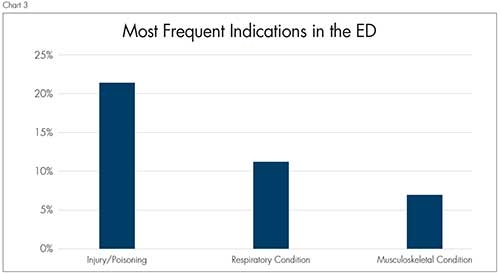 Injury and poisoning top the list of reasons to seek the services of the ED (Chart 3) at 21.4 percent, followed by diseases of the respiratory system (10.9 percent) and diseases of the musculoskeletal system and connective tissue (7.2 percent). Sixty-nine percent of all ED visits required some form of diagnostic or screening service and greater than 80 percent required the prescription of a medication, mostly for analgesics.
Injury and poisoning top the list of reasons to seek the services of the ED (Chart 3) at 21.4 percent, followed by diseases of the respiratory system (10.9 percent) and diseases of the musculoskeletal system and connective tissue (7.2 percent). Sixty-nine percent of all ED visits required some form of diagnostic or screening service and greater than 80 percent required the prescription of a medication, mostly for analgesics.
Conclusion and Recommendations
During the design of your medical device, don’t overlook its use in the ED. ED physicians and EMS responders use many medical devices, and the easier yours is to use, store, and transport, the more likely it will be used in the emergency care space. Additionally, what better reference can you have to expand the use of your device throughout the rest of the hospital?
References
Maria Shepherd has more than 20 years of leadership experience in medical device/life-science marketing in small startups and top-tier companies. After her industry career, including her role as vice president of marketing for Oridion Medical—where she boosted the company valuation prior to its acquisition by Covidien/Medtronic—director of marketing for Philips Medical, and senior management roles at Boston Scientific Corp., she founded Medi-Vantage. Medi-Vantage provides marketing and business strategy and innovation research for the medical device industry. The firm quantitatively and qualitatively sizes and segments opportunities, evaluates new technologies, provides marketing services, and assesses prospective acquisitions. Shepherd has taught marketing and product development courses and is a member of the Aligo Medtech Investment Committee (www.msbiv.com). She can be reached at 855-343-3100 ext. 102 or at mshepherd@medi-vantage.com.

Why This Is Important

EMS
For those that serve the EMS (emergency medical services) segment of medical devices, the percentage of patients arriving at the ED via ambulance averages 15 percent, an unexpectedly low figure. Not unexpected, however, is the age distribution of patients visiting the ED. The percentage of visits from the segment of patients under 15 years old is 4.4 percent. Those greater than 65 years old represents the majority at 64.5 percent. The segment that falls between those two groups (15-64 years old) represents 31.1 percent of the U.S. population (Chart 2).

Conclusion and Recommendations
During the design of your medical device, don’t overlook its use in the ED. ED physicians and EMS responders use many medical devices, and the easier yours is to use, store, and transport, the more likely it will be used in the emergency care space. Additionally, what better reference can you have to expand the use of your device throughout the rest of the hospital?
References
- http://bit.ly/mpo051701 [PDF]
- http://bit.ly/mpo051702 [PDF]
Maria Shepherd has more than 20 years of leadership experience in medical device/life-science marketing in small startups and top-tier companies. After her industry career, including her role as vice president of marketing for Oridion Medical—where she boosted the company valuation prior to its acquisition by Covidien/Medtronic—director of marketing for Philips Medical, and senior management roles at Boston Scientific Corp., she founded Medi-Vantage. Medi-Vantage provides marketing and business strategy and innovation research for the medical device industry. The firm quantitatively and qualitatively sizes and segments opportunities, evaluates new technologies, provides marketing services, and assesses prospective acquisitions. Shepherd has taught marketing and product development courses and is a member of the Aligo Medtech Investment Committee (www.msbiv.com). She can be reached at 855-343-3100 ext. 102 or at mshepherd@medi-vantage.com.

